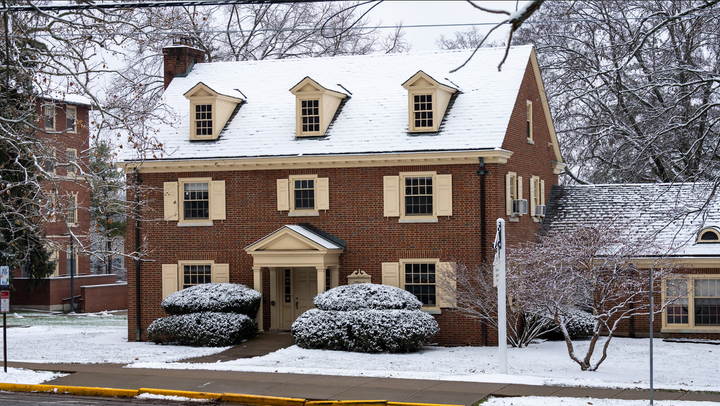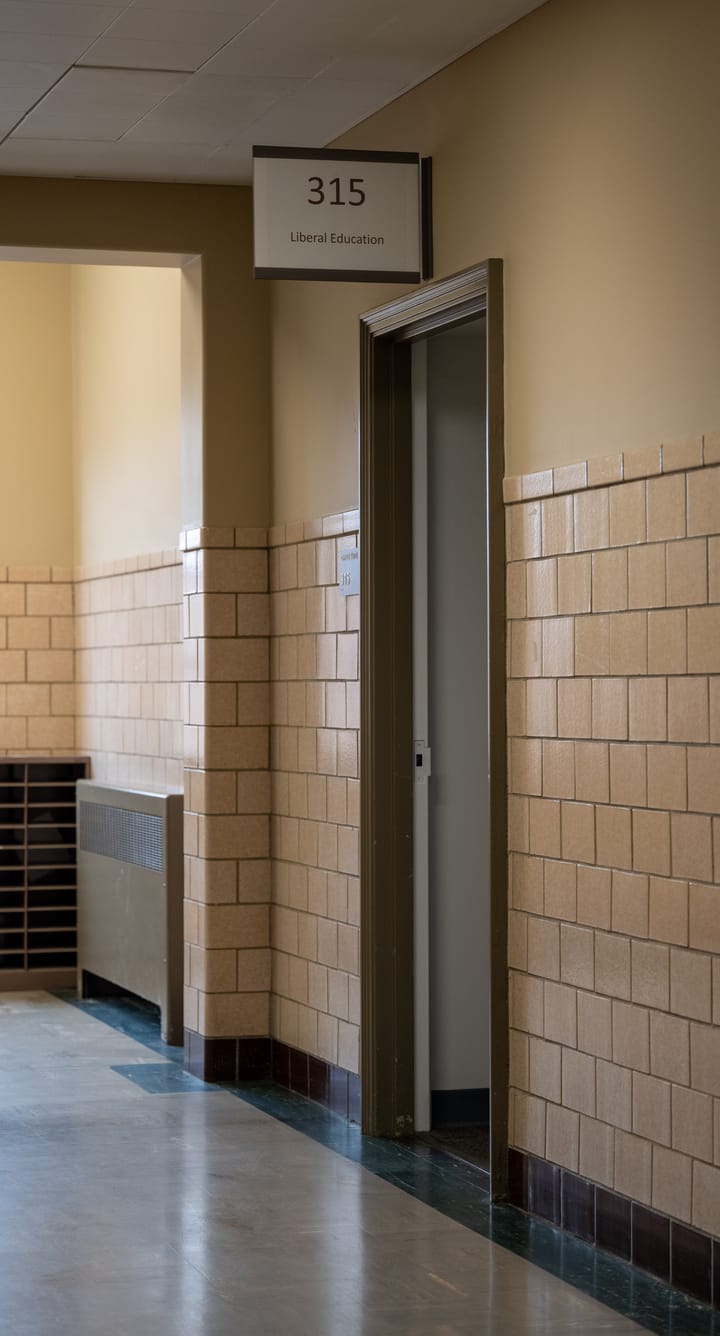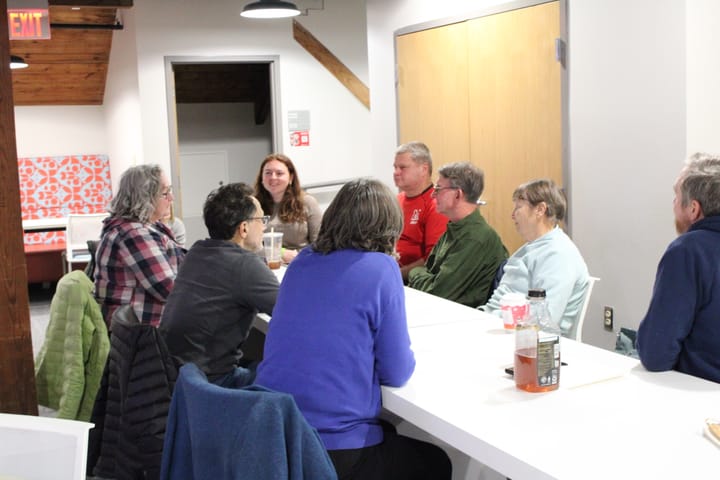Oxford residents use Asian wasps to combat invasive species
Six years ago, Oxford residents John and Bobbi Kinne began experimenting with Asian wasps to combat the emerald ash borers in their woods. With the project wrapping up, now it’s time to see if their attempt has worked.

John and Bobbi Kinne purchased their land in the 1980s to fulfill a lifelong dream: living and owning a plot of woods.
The Kinne’s own 53 acres of land, including 50 acres of forest, just outside of Oxford. The forest contains oak and hickory trees as well as ash trees.
“From the time I was young, I wanted to have access to a piece of land [and] to either live on the border of a woods or to have a woods,” John said. “Fortunately, I found somebody that shared my passion and enjoyed being outside.”
Ash trees were once one of the most common trees found in the state. However, over the past 20 years, the population of ash trees throughout the Midwest has declined significantly. This drop can be largely attributed to emerald ash borers, an invasive species that feeds on ash trees.
The Kinne’s land was no different, as the forest saw a rise in dying ash trees throughout the 2010s. The couple tested a new solution by introducing Asian wasps to their land beginning in 2019.
Now, three years after their final release, the project has moved to the next step: capturing insects and seeing if the wasps have established themselves in the land.
Emerald ash borers were first spotted in the United States in the early 2000s, with the first report of them in Ohio in 2003. These buprestids, or jewel beetles, are native to Asia. They lay eggs in bark crevices of ash trees. When the eggs hatch, the larvae eat the phloem of the ash tree, disrupting the tree’s capillary system and preventing water and nutrients from reaching parts of the tree.
By cutting off the tree’s supply of water and nutrients, the emerald ash borer effectively kills the entire tree, even if humans don’t realize it immediately. John said the death spiral of an ash tree can take several years.
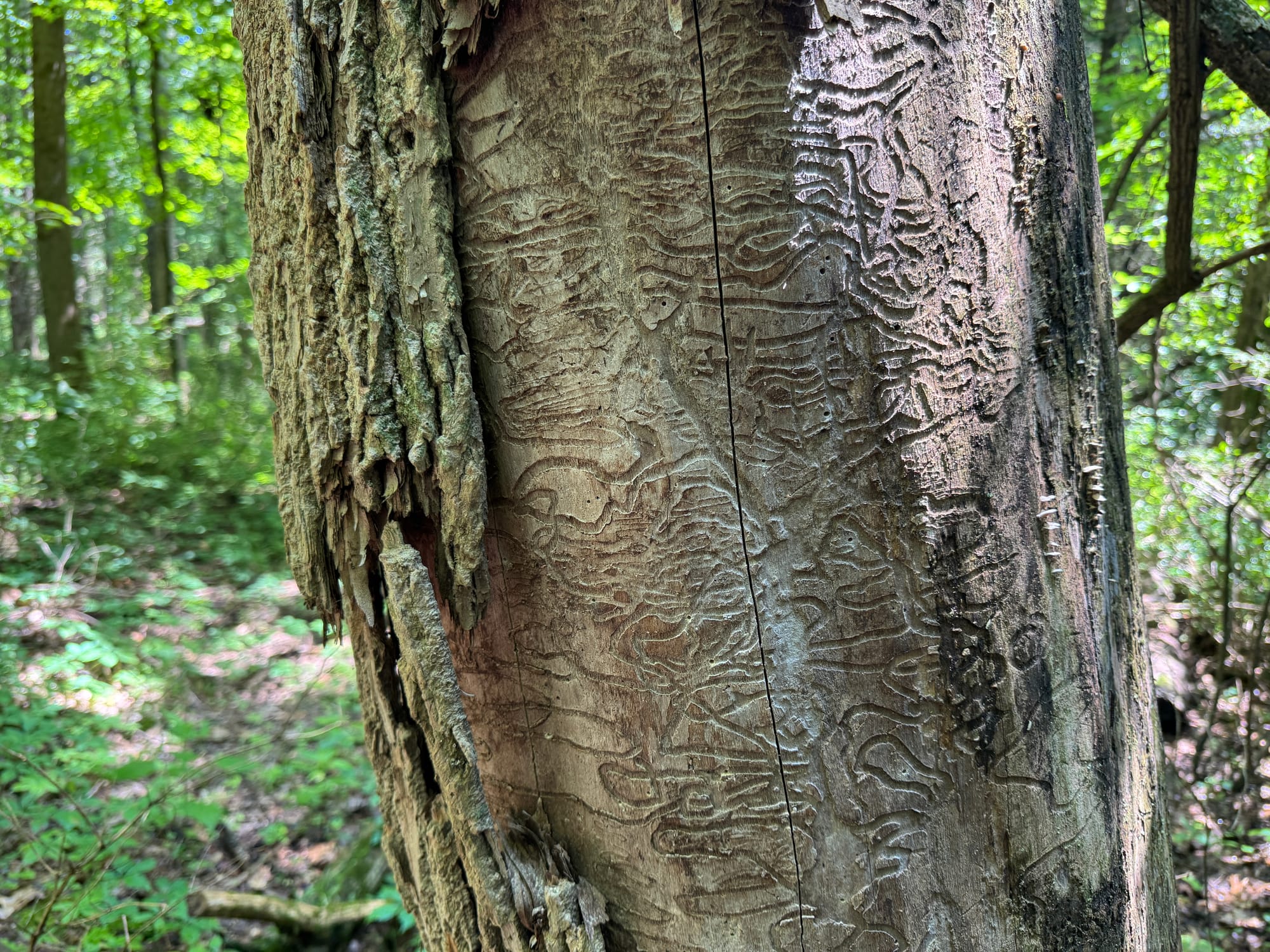
The Kinnes first witnessed dying ash trees on their property in 2015. They looked for answers online and from various Midwest programs before learning about the emerald ash borer in other states. They attended the Paul Bunyan Show, a forestry exhibition, in 2016 and visited various Ohio Department of Forestry tables. One table discussed a program that releases Asian wasps onto qualifying lands.
These asian wasps are parasitoids, meaning the larvae live off of and eventually kill their hosts. They lay their eggs on or inside the emerald ash borer, and the larvae consume it until it’s dead.
Steve Sullivan, the director of the Hefner Museum at Miami University, helped the Kinnes with this project over the years. Sullivan said when he tells people about these wasps, they assume he’s talking about the wasps that sting. He emphasized that the Asian wasps are no larger than a gnat and have no interest in stinging humans.
“When we say we’re releasing wasps, sometimes people freak out,” Sullivan said. “You’re covered in wasps, and you never care. When you eat figs, you’ve eaten wasps.”
After multiple visits and tree markings to determine that the Kinnes had the required number and diversity of trees, among other factors, their land became qualified to be a distribution site in 2019.
“It was kind of surprising when we had the foresters and the consultants come in [to learn] all the things that went into consideration,” Bobbi said. “You see a tree or see a woods when you go past, and [you think] it doesn’t need any care, it’s just growing. But it needs some care. It was very good to have their advice.”
John said only state or federal employees could receive the shipments of wasps, leading him to collaborate with Sullivan. This project allowed Sullivan to involve Miami students, who assisted in every step from releasing the wasps to capturing them years later for data collection.
From 2019-22, the Kinnes released Asian wasps in three waves. After giving them three years to get established, the project moved to data collection by trapping insects.
Sullivan and several graduate students are now in the process of analyzing 105 trappings. As of July 19, the students reviewed six trappings and found one potential Asian wasp.
Although their involvement with the project has come to an end, the Kinnes are still working to protect their forest and learn more about forestry in the Midwest. A future concern for them is with honeysuckle, an invasive plant in Ohio, in their woods.
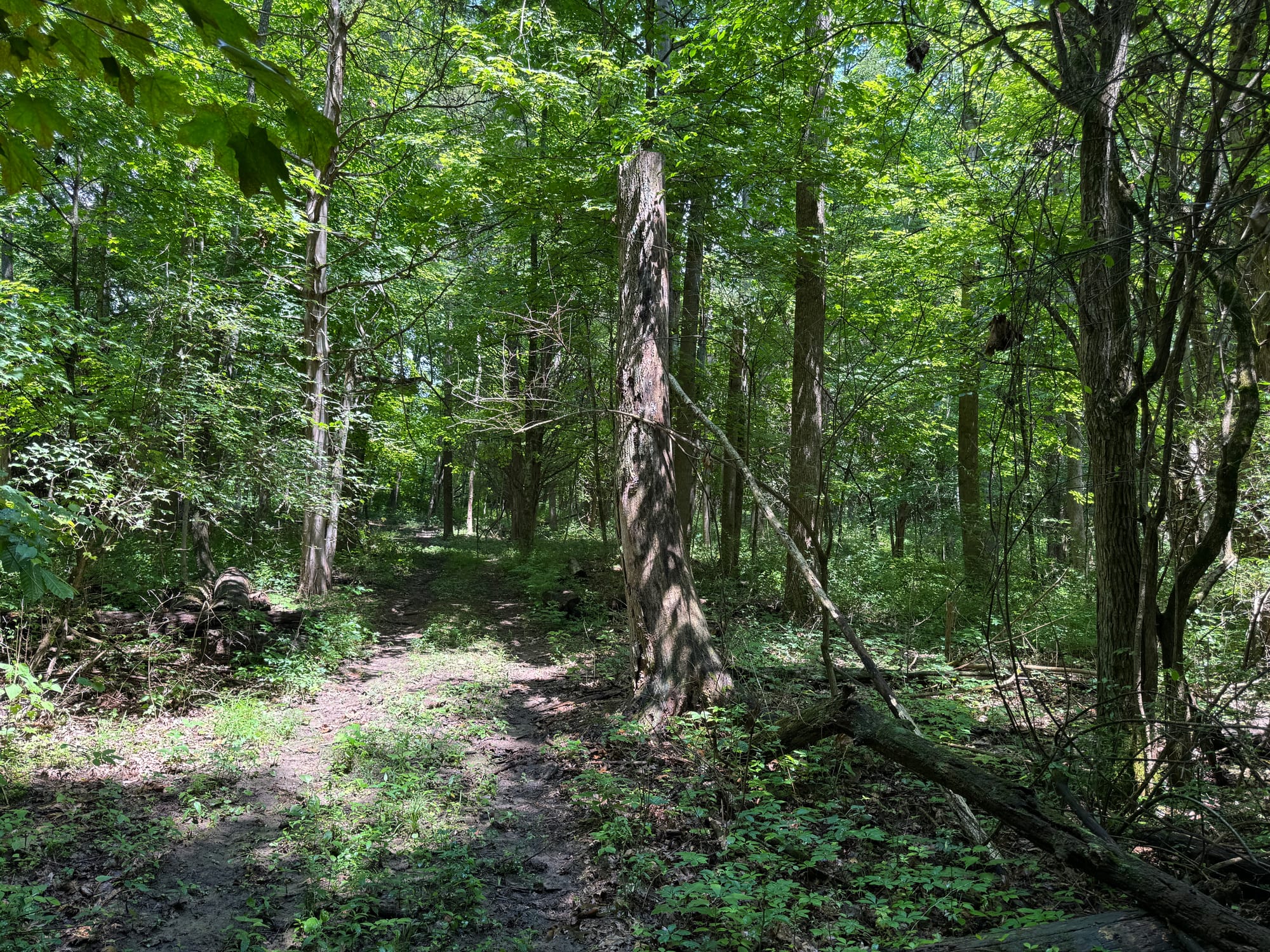
John said one benefit of living in Oxford is that the town works to maintain its green space around the city.
“One of the things I really like about living in Oxford is that I think there is a lot of concern about maintaining a healthy green belt around the city,” John said. “We realize that we’ve got denser housing inside the city, and that is healthy. And we’ve got great agricultural land around the city, and we don’t want the city to expand into the agricultural area. We want to maintain some green space around the city.”
Sullivan and the students involved with the project will continue analyzing each trapping for the Asian wasps. Sullivan said the hope is for a growth in population for the wasps over the next few years before eventually dropping as their food source, the emerald ash borer, disappears.
“This whole story sort of exemplifies the importance of biodiversity,” Sullivan said. “The importance of science to help us understand biodiversity, and how this biodiversity in science makes our lives better in ways that we don’t even notice. But once we lose it, then all of a sudden, our streets look ugly, our forests look empty, the birds don’t sing anymore. Sometimes, it can be caused by a single, kind of cool-looking little insect.”


